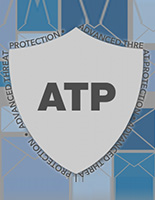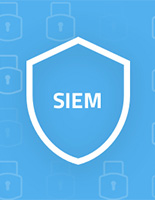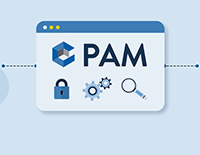Information Security Solutions

Unified Threat Management
Unified threat management (UTM) provides multiple security features and services in a single device or service on the network, protecting users from security threats in a simplified way. UTM includes functions such as anti-virus, anti-spam, content filtering, and web filtering.

Next- Generation Firewall
Next-generation firewalls are a more advanced version of the traditional firewall, and they offer the same benefits. As Gartner defines it, a “deep-packet inspection firewall that moves beyond port/protocol inspection and blocking to add application-level inspection, intrusion prevention, and bringing intelligence from outside the firewall.

Intrusion Prevention system(IPS)
Network security that works to identify and forestall distinguished dangers. IPS continuously screen your system, searching for conceivable malignant occurrences and collecting data about them.

Advanced Threat protection-ATP
Advanced Threat Protection or ATP a category of security solutions that defend against refined malware or hacking-based assaults focusing on sensitive information.

End point Protection
Endpoint protection is a security solution that addresses endpoint security issues, securing and protecting endpoints against zero-day exploits, attacks, and inadvertent data leakage resulting from human error.

Security Information event management (SIEM)
SIEM is an approach to security management that combines SIM (security information management) and SEM (security event management) functions into one security management system. They provide real-time analysis of security alerts generated by applications and network hardware.

Email Security
Email security is about protecting sensitive information in email communication and accounts to secure against unauthorized access, loss or compromise. Email is often used to spread malware, spam and phishing attacks.

Privileged Access Management (PAM)
PAM is a solution that will help organizations restrict the privileged access of the users in an existing and active directory. It isolates the use of privileged accounts to reduce the risk of those credentials being stolen and to gain control over a compromised user account.

VAPT
VAPT is a term used to describe security testing that is designed to identify and help address cyber security vulnerabilities. VAPT could include anything from automated vulnerability assessments to human-led penetration testing and red team operations.



